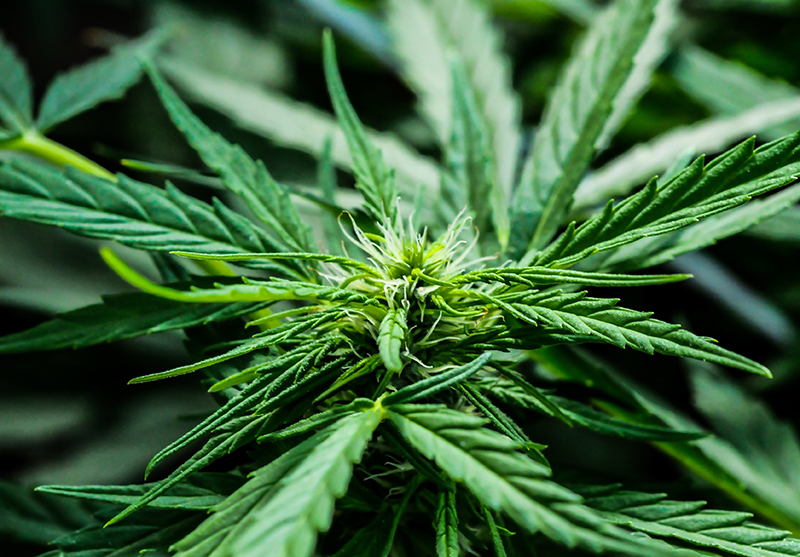Marijuana and Oregon Drivers
In Oregon, the recreational and medical use of marijuana has been made legal. However, the state restricts the use of marijuana while driving due to its significant impact on driving abilities and safety. Understanding the effects of marijuana on drivers and the legal consequences of driving under its influence helps you avoid unwanted situations.
Current Laws and Regulations Regarding Marijuana Use in Oregon
In Oregon, the laws surrounding marijuana use have been evolving over the years. In 2014, the state legalized recreational and medical marijuana use for individuals aged 21 and older. This made Oregon the fourth state to allow the sale of marijuana, home cultivation, and possession of recreational cannabis. [1]
However, even though recreational marijuana use is legal, there are still certain restrictions in place. For instance, you are allowed to possess up to one ounce of marijuana while in public and up to eight ounces in your home. In addition, you can cultivate up to four plants per household as long as they are out of public view. [2]
When it comes to driving under the influence of marijuana, it is illegal to operate a motor vehicle while under the influence of cannabis. Oregon relies on evaluations by police officers who are trained as Drug Recognition Experts (DRE) to assess drivers for intoxication if they have already passed a breathalyzer test (i.e., have blood alcohol concentration below 0.08). [3]
In Oregon, the DREs use the following method to detect drivers under the influence of intoxicants:
- DREs pull over vehicles for traffic violations or suspicion of a crime
- DREs evaluate the driver for signs of impairment, such as bloodshot eyes or unusual behavior
- The driver undergoes field sobriety tests: balancing on a line, walking with one foot in front of the other, pivoting, balancing on one leg, and touching one finger to the nose if suspected of intoxication
- If the driver fails the test or there is enough evidence of impairment, the driver is arrested
- DRE officers test to determine if the driver is high
- DREs question the driver to gather more information and potentially elicit a confession [4]

Understanding Effects of Marijuana on Oregon Drivers
Drivers using marijuana in Oregon can experience a range of impairments and symptoms that have significant implications for road safety. The key effects of marijuana use on drivers are as follows:
- Increased Risk of Impaired Driving: Marijuana use can lead to physical impairment like coordination, reaction time, and judgment, increasing the likelihood of accidents on the road.
- Impaired Cognitive Function: THC, the psychoactive compound in marijuana, can affect concentration, memory, and decision-making abilities, making it more challenging for drivers to multitask and safely navigate the road.
- Decreased Motor Skills: Marijuana-impaired driving affects motor skills necessary for operating a vehicle, such as coordination and fine motor movements, leading to difficulties in maintaining proper vehicle control.
- Legal Consequences: Driving under the influence of marijuana is illegal in Oregon and can result in penalties such as fines, license suspension, mandatory drug education programs, and even imprisonment.
- Heightened Potential for Combining Substances: Marijuana use, in combination with other substances like alcohol or prescription drugs, can intensify impairment and have compounding effects on driving abilities, further increasing the crash risks on the road.
- Lack of Standardized Testing: Unlike alcohol, there is currently no standardized roadside test to accurately measure marijuana impairment, which poses challenges for law enforcement officers in enforcing driving under the influence laws effectively.
Penalty for Driving Under the Influence in Oregon
For a first-time Driving Under the Influence offense, the offender can be charged with a Class A misdemeanor, which may result in up to one year of jail time, a minimum fine of $1,000, and driving restrictions. Driving while under the influence of marijuana is considered a Class B traffic violation, adding an extra fine ranging from $130 to $1,000.
Subsequent offenses have more severe consequences. If a person commits a third DUI within ten years, it becomes a Class C felony punishable by up to five years in jail and permanent loss of driving privileges. [4]

Comparison Between Alcohol and Marijuana When it Comes to Driving Ability
The comparison between alcohol and marijuana influence on driving ability reveals significant differences in the effects on marijuana users in cognition, motor skills, and risk of accidents. While both substances have impairing effects, marijuana impacts these abilities differently from alcohol.
Alcohol, a depressant, affects cognition by slowing down brain activity, leading to decreased alertness, concentration, and decision-making skills. It also impairs motor skills, making reacting quickly and coordinating body movements difficult. These cognitive and motor deficits contribute to an increased risk of accidents while driving under the influence of alcohol.
On the other hand, marijuana, a psychoactive substance, affects cognition by impairing short-term memory, attention, and decision-making abilities. It can also impact motor skills, causing slower reaction times and decreased coordination. However, marijuana does not significantly impair spatial awareness, which is affected by alcohol use. Studies have shown that marijuana use alone may slightly increase the risk of accidents, but not to the same extent as alcohol.
Mixing marijuana and alcohol can have additive effects on driving ability. The impairment caused by each substance is enhanced when used together, resulting in even greater deficits in cognition and motor skills. Combining marijuana and alcohol increases the risk of accidents exponentially compared to using either substance alone.
Numerous studies and statistics have highlighted the increase in crash rates and fatal accidents after the legalization of marijuana in certain states. For example, a study conducted by the National Library of Medicine found that crash rates have increased by up to 6.5% in injury crash rates and a 2.3% increase in fatal crash rates in states with legalized marijuana compared to neighboring states without legalization. [5]
Contact Goldberg & Loren’s personal injury attorneys in Oregon if you have been a victim of a car accident involving a driver under the influence of marijuana.
FAQs
Sources:
[1] Project, M. P. (n.d.). Oregon. MPP. https://www.mpp.org/states/oregon/
[2] Oregon Liquor and Cannabis Commission : Marijuana and Hemp (Cannabis) : State of Oregon. (n.d.). Oregon Liquor and Cannabis Commission. https://www.oregon.gov/olcc/marijuana/pages/frequently-asked-questions.aspx
[3] 2015 House Bill 3400 DUII Legislative Report. (n.d.). Oregon Govt. Retrieved July 7, 2024, from https://www.oregon.gov/olcc/marijuana/Documents/HB3400_2015_DUIILegislativeReport.pdf
[4] Oregonian/OregonLive, I. K. K. (2015, July 1). Marijuana and driving: What you need to know (FAQs). Oregonlive. https://www.oregonlive.com/politics/2015/07/marijuana_and_driving_what_you.html
[5] Farmer, C. M., Monfort, S. S., & Woods, A. N. (2022). Changes in Traffic Crash Rates After Legalization of Marijuana: Results by Crash Severity. Journal of Studies on Alcohol and Drugs, 83(4), 494–501. https://doi.org/10.15288/jsad.2022.83.494

